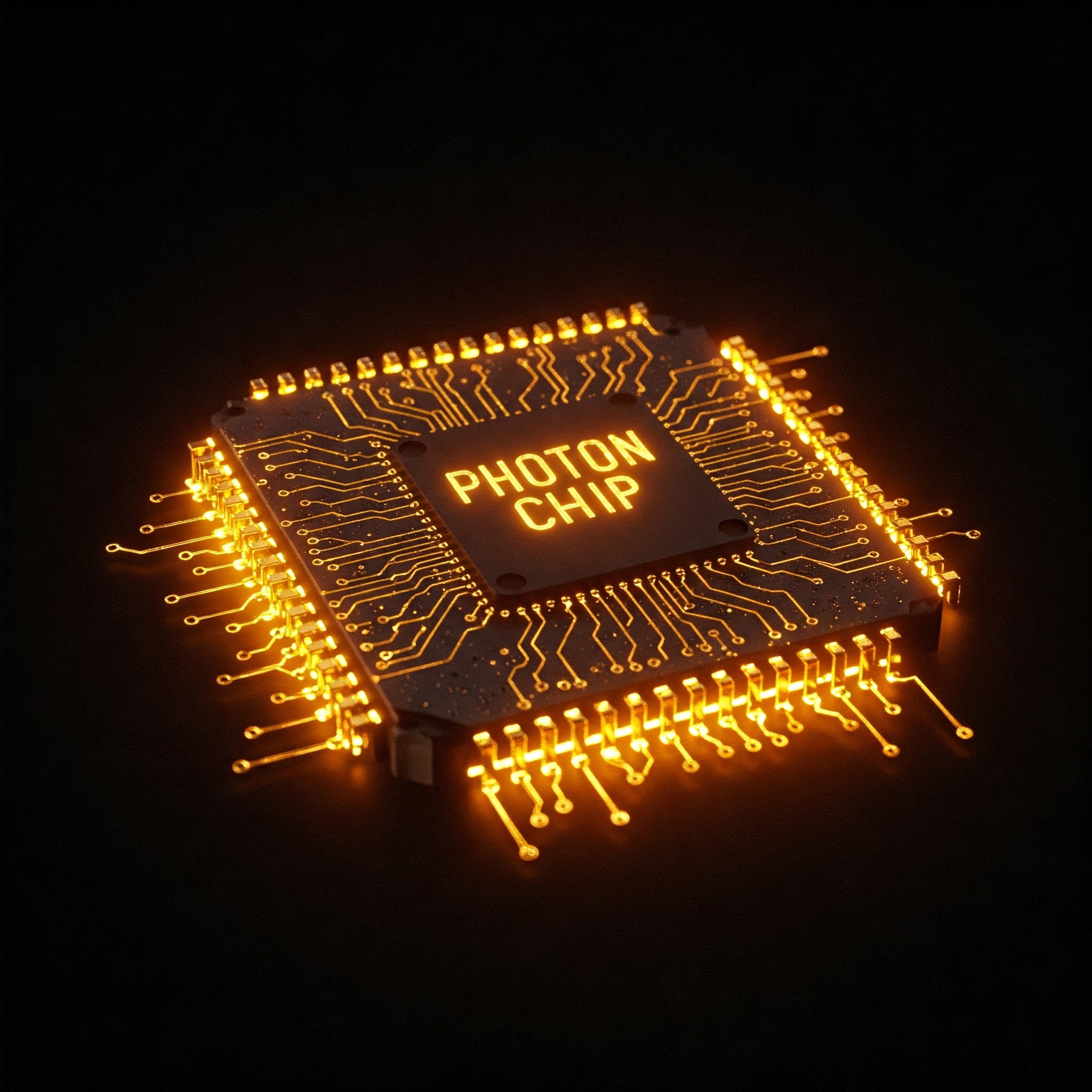India is on track to emerge as a key player in the global semiconductor industry. As the world increasingly shifts towards advanced technologies such as quantum computing, AI, and 5G, the demand for high-performance chips is surging. Among these innovations, photon chips stand out as a transformative technology. By leveraging light instead of electricity to process information, photon chips promise faster speeds, lower energy consumption, and enhanced computational capabilities.
What Are Photon Chips?
Photon chips, also known as photonic integrated circuits (PICs), use photons (light particles) instead of electrons for data transmission and processing. This breakthrough allows for significantly higher speeds and efficiency compared to traditional semiconductor chips.
Key Advantages of Photon Chips:
- Faster Data Processing – Light travels faster than electrons, enabling high-speed computations.
- Lower Energy Consumption – Photonics generate less heat and require lower power input.
- Greater Bandwidth – Ideal for data centers, AI, and high-performance computing.
- Reduced Latency – Enhances real-time processing in applications like 5G and IoT.
- Scalability – Can be integrated into existing semiconductor manufacturing processes.
Semiconductor Manufacturing Landscape in India
India has historically lagged in semiconductor manufacturing, heavily relying on imports. However, with government initiatives and global partnerships, the country is making significant strides in chip production.
Key Developments in India’s Semiconductor Industry
- India Semiconductor Mission (ISM) – A $10 billion initiative to boost domestic chip manufacturing.
- PLI Scheme for Semiconductors – Offers incentives for setting up chip fabrication units.
- Vedanta-Foxconn JV – A $20 billion partnership for semiconductor production in Gujarat.
- Tata Group’s Semiconductor Plans – Aims to invest in chip manufacturing and packaging.
- ISRO and Photonics – The Indian Space Research Organisation is exploring photonic applications for communication and navigation.
Photon Chips and India’s Semiconductor Strategy
India’s strategy for photon chip manufacturing aligns with its broader semiconductor roadmap. Photonics is expected to play a crucial role in AI, 5G networks, and supercomputing—fields where India aims to make a global impact.
Potential Areas of Impact
- Telecommunications: Enhancing 5G and fiber-optic networks.
- AI and Supercomputing: Faster and more efficient AI model training.
- Defense and Space: Advanced radar and satellite communication.
- Medical Tech: Optical computing for faster diagnostics.
- Quantum Computing: Integration with quantum networks for secure communications.
Challenges and Roadblocks
Despite the promise, India faces challenges in photon chip production:
- High Capital Investment: Setting up fabrication facilities is costly.
- Limited R&D Infrastructure: Requires more investment in photonic research.
- Skilled Workforce Shortage: Need for experts in photonics and semiconductor physics.
- Global Competition: Competing with established players like the US, China, and Taiwan.
Roadmap for India’s Success
To overcome these hurdles, India must:
- Increase Investment in Photonic Research – Establish research hubs in IITs and IISc.
- Strengthen Public-Private Partnerships – Encourage collaborations between academia and industry.
- Develop Indigenous Fab Units – Reduce dependency on foreign chip imports.
- Upskill Workforce – Train engineers in photonic and semiconductor technologies.
- Create a Favorable Regulatory Environment – Offer tax breaks and funding for photonic startups.
Conclusion
Photon chips represent the future of semiconductor technology, and India has a unique opportunity to lead this revolution. With the right investments, policies, and infrastructure, India can emerge as a global hub for photonic and semiconductor manufacturing. As the country accelerates its journey toward technological self-reliance, photon chips may well be the game-changer that propels India into the next era of computing.
India’s semiconductor aspirations are not just about chips; they are about building a future where technology drives economic growth and innovation. The photonics revolution is knocking at the door—India must ensure it answers the call.









+ There are no comments
Add yours